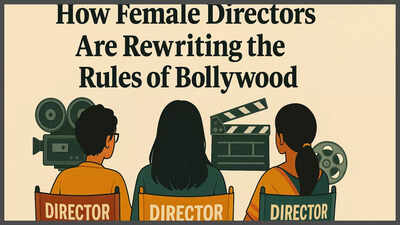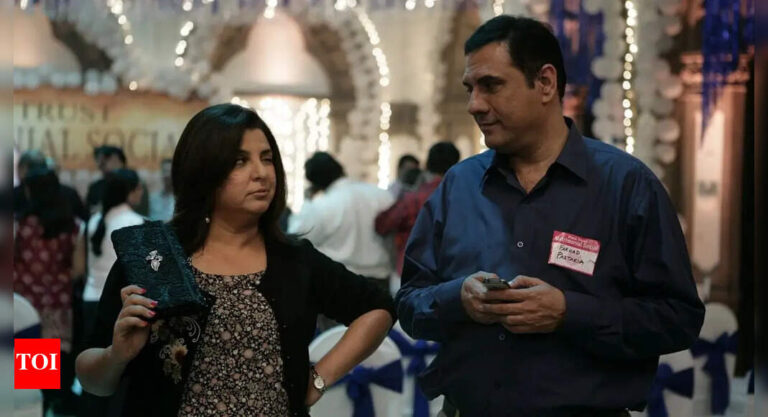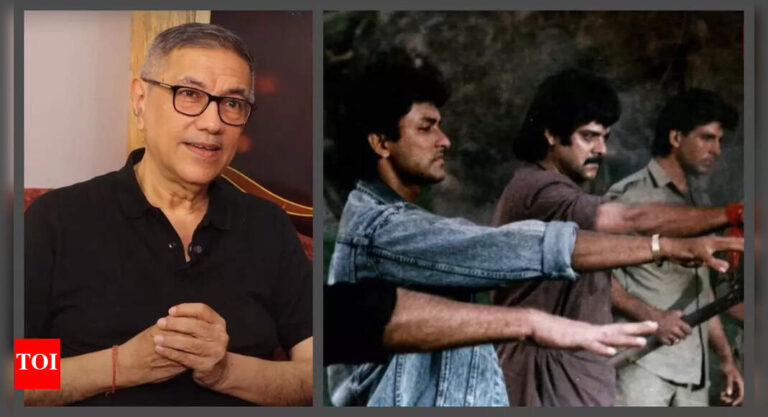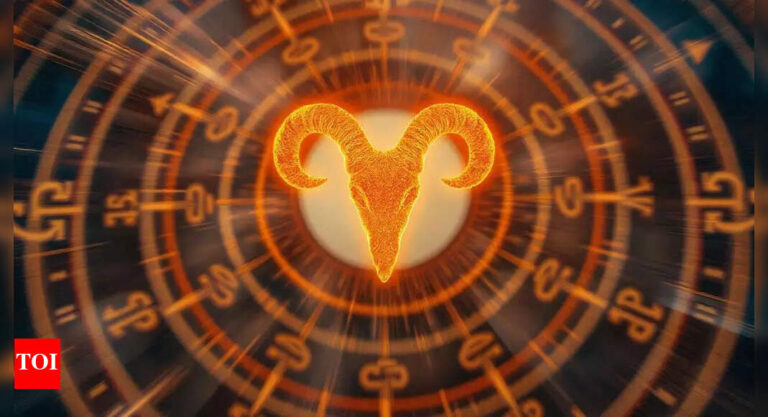
The director’s chair in Bollywood, a space mostly filled with men and caps and call sheets, is finally going through a quiet but welcome change. Women are writing themselves into history (and not waiting for permission) re: taking control of the narrative, and the camera, and in making sure her-story wins out too. One of the most encouraging parts of this significant transformation is that this decade has witnessed some of the talented women filmmakers from South making their Bollywood debut with a modern vision towards cinema.These filmmakers are not simply fitting into Bollywood’s mold; rather, they are evolving it. With a work ethic cultivated in the southern film industries and an appreciation for emotion-driven cinema, they are telling stories that are simultaneously global and local. They are not just transforming the face of Indian cinema; they are transforming its ownership.
A New Dawn in Indian Cinema
The world of Bollywood has for many years been limited to the perspectives of men, particularly when it comes to directing movies. Fortunately, that is changing. Over the past few years, a new cohort of women directors has been emerging and they are not just part of the cinematic dialogue in India; they are driving it. These women filmmakers are not afraid to wield the camera, and their work features bold and personal perspectives. One of the most interesting shifts is the movement of women filmmakers from South India to Bollywood, bringing with them loyal roots, a sharp artistic imagination, and a resolute dedication to the craft of filmmaking.
Breaking the Celluloid Ceiling
Bollywood remins an incredibly patriarchal industry so much so that it had only a handful of female directors, even lesser that had with recognization. Women like Kalpana Lajmi, Sai Paranjpye and Aparna Sen were the first to hold the title of directors, but were only the extremes of the curve and not the average. Despite the changes that television and the internet has bought, It remains a non accepting culture. A love for new things combined with and trend and the popularity of new platforms, and the need of explorer has allowed women to try and break the barriers.
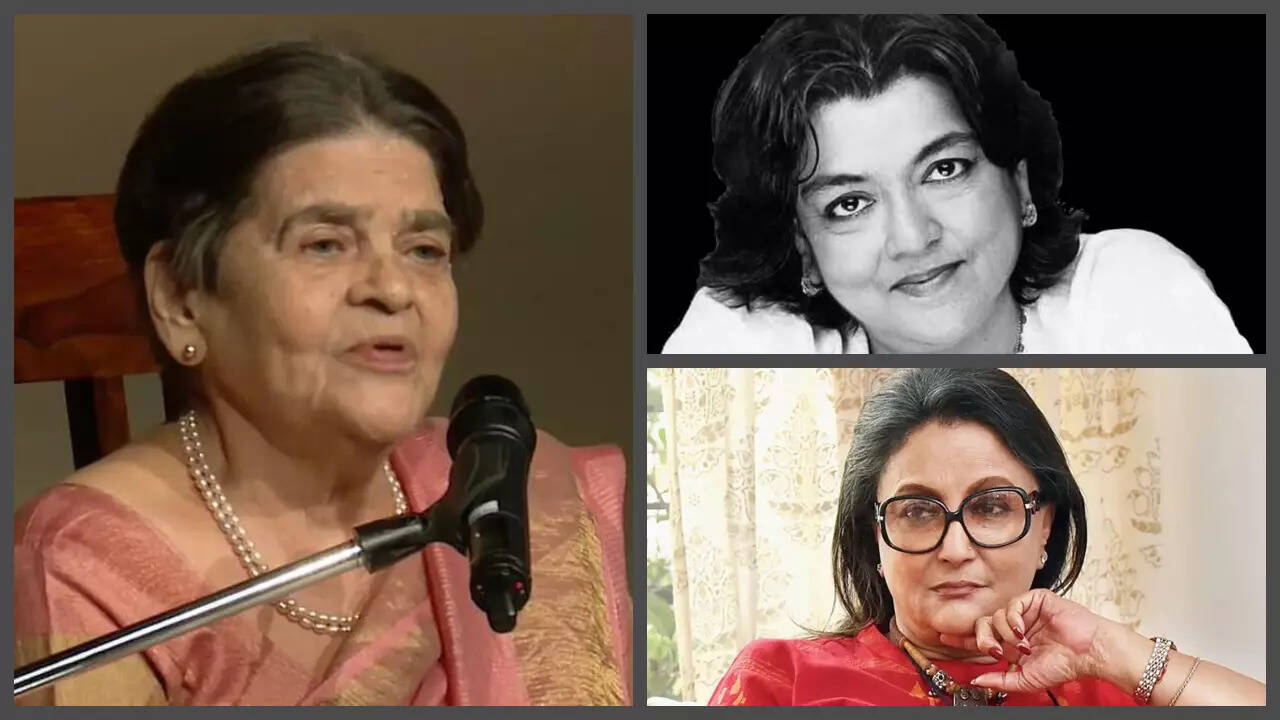
From Zoya Akhtar’s genre-bending narratives to Ashwiny Iyer Tiwari’s grounded realism, female filmmakers are rewriting the rules. Add to that list Kiran Rao, whose recent film Laapataa Ladies blended sharp social commentary with wit and simplicity, showing how women directors can challenge systems through storytelling that’s subtle yet subversive. Directors like Gauri Shinde, Mira Nair, Meghna Gulzar, and Ashwiny Iyer Tiwari have each carved out unique spaces within the industry, proving that diverse, emotionally intelligent storytelling is not just impactful—it’s indispensable.But what’s especially striking is how South Indian voices—long celebrated for their cinematic depth—are now finding a new home in the Hindi film industry.
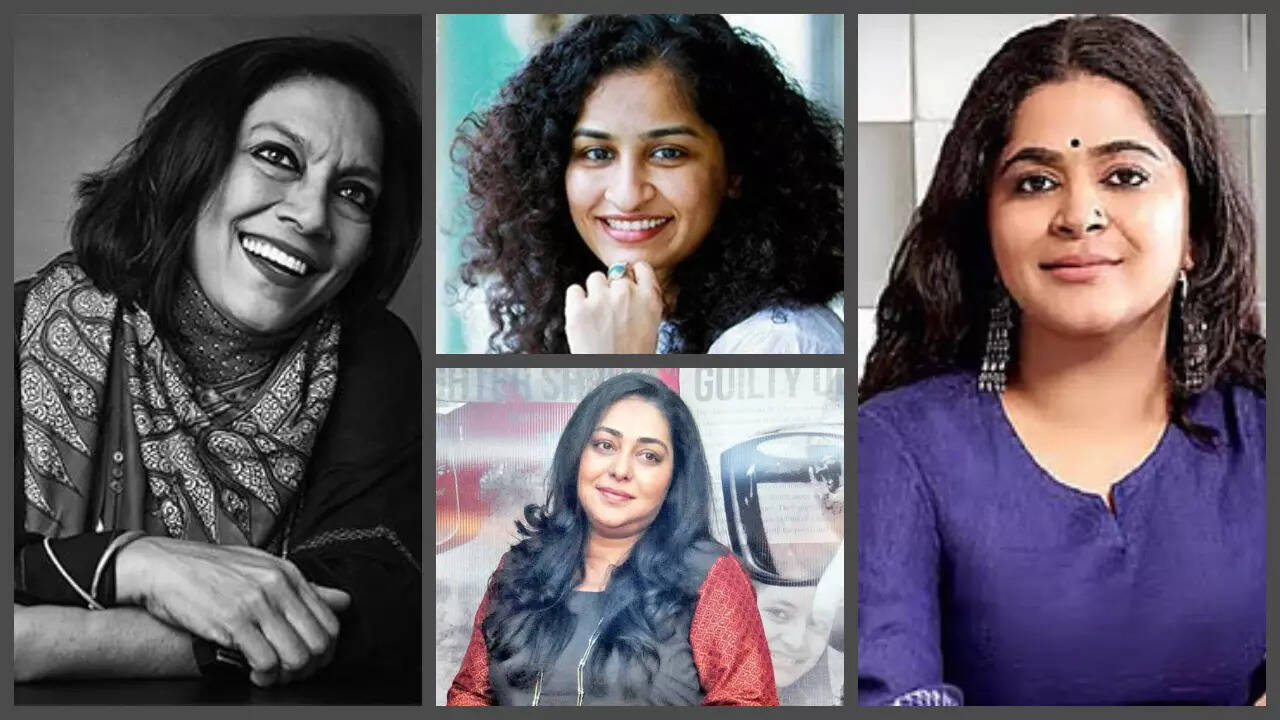
The South-to-Bollywood Crossover
Just as Bollywood accepted South Indian filmmakers like Mani Ratnam, S Shankar, and Atlee, the entrance of South Indian women directors into Hindi cinema is a completely new development. They are blending diverse aesthetics with storytelling, drawing on the rich cultural traditions of the region.One such voice is Madhumita, whose entry into Bollywood from the Tamil industry has been both organic and intentional. For her, the journey is less about arrival and more about practice—a daily commitment to the craft.
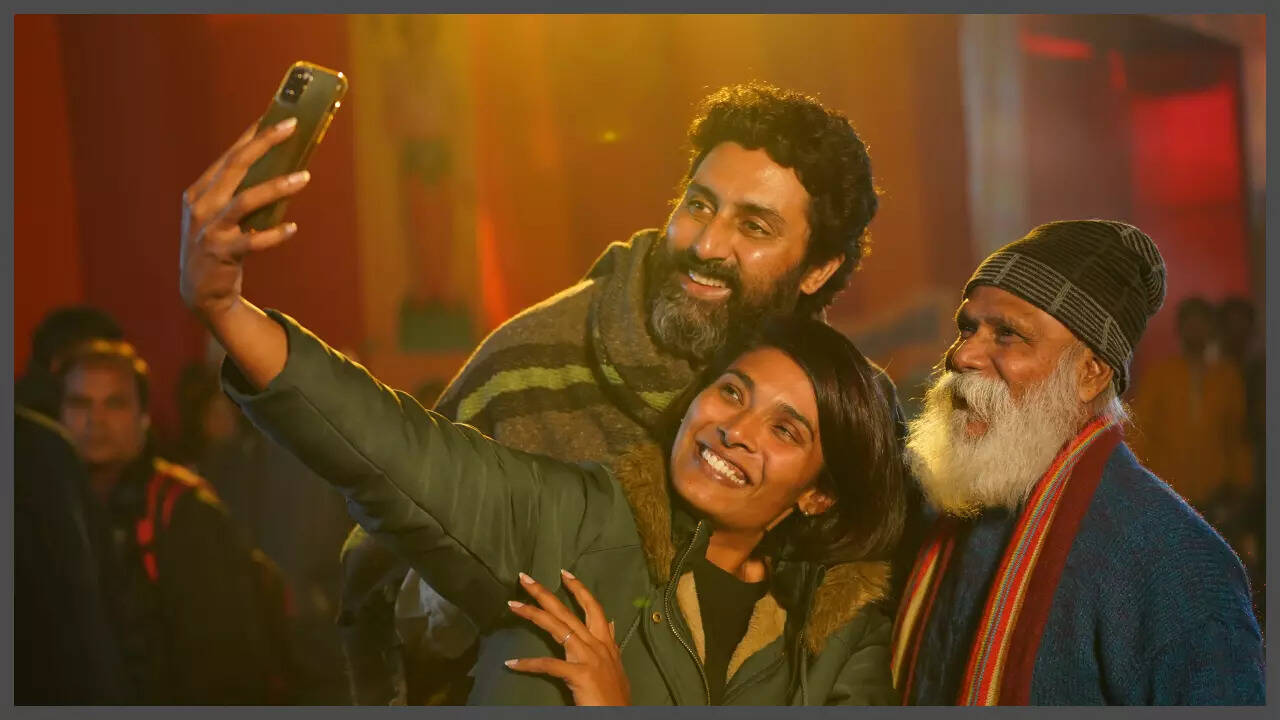
“I recently read about Jiro Ono, the legendary sushi chef who runs a small restaurant in a Tokyo train station. Every day, he wakes up at 4 am, carefully selects his fish, and dedicates himself to perfecting his craft—one piece of sushi at a time. His routine never changes, but his passion and commitment shine through in everything he does.That’s exactly how I see my journey as a filmmaker. I just want to keep making films, honing my craft every day, and loving every minute of it—one story at a time. If my voice adds anything to the larger landscape, I hope it’s that quiet dedication to storytelling and the belief that, with consistency and heart, every story can make a difference. For me, it really is as simple as that.”
A Fertile Ground for Female Filmmakers
In contrast to the traditional star-centric-system of Bollywood, the Southern film industries, particularly Tamil and Malayalam, have been more open to innovation and the roles women can take on as filmmakers. Directors like Anjali Menon (Koode, Bangalore Days) and Sudha Kongara (Soorarai Pottru) have garnered both regional and all-India acclaim. This regional bedrock is extremely useful. South Indian filmmakers, for example, tend to possess a deeper and more disciplined sense of narrative, cultural artistry, and technical craftsmanship, which is now more appreciated in the diversifying Bollywood.
Blurred Borders, Deep Roots
As cinema becomes increasingly global and interconnected, the traditional boundaries between industries—once sharply drawn—are becoming porous. OTT platforms have made regional films accessible to a national (and even global) audience. As a result, collaboration and cultural exchange have never been more fluid.Madhumita, who has experienced both industries, sees this shift as full of potential:“As I mentioned earlier, human emotions are universal, so language is no longer a barrier. With the rise of OTT and digital platforms, we now have access to stories from all over the world and find ourselves resonating with narratives from places we’ve never even visited. I see this as a positive shift—it allows us to learn from global perspectives while also sharing our own culture-specific stories with a wider audience.I truly believe that if you keep your story rooted in its local context and stay authentic to the emotions, it will naturally find a global audience. Authenticity transcends language, and that’s what makes storytelling so powerful today.”This insight captures why the South-to-Bollywood journey is not just about market expansion—it’s about emotional resonance and narrative truth. The ability to stay rooted while going wide is what makes this new generation of filmmakers so compelling.
More Than Just Women’s Stories
The rise of women behind the camera doesn’t just mean more stories about women—it means a richer, more layered cinematic landscape overall. Female directors tend to bring emotional depth, sharper social commentary, and often, more humane treatment of character arcs.
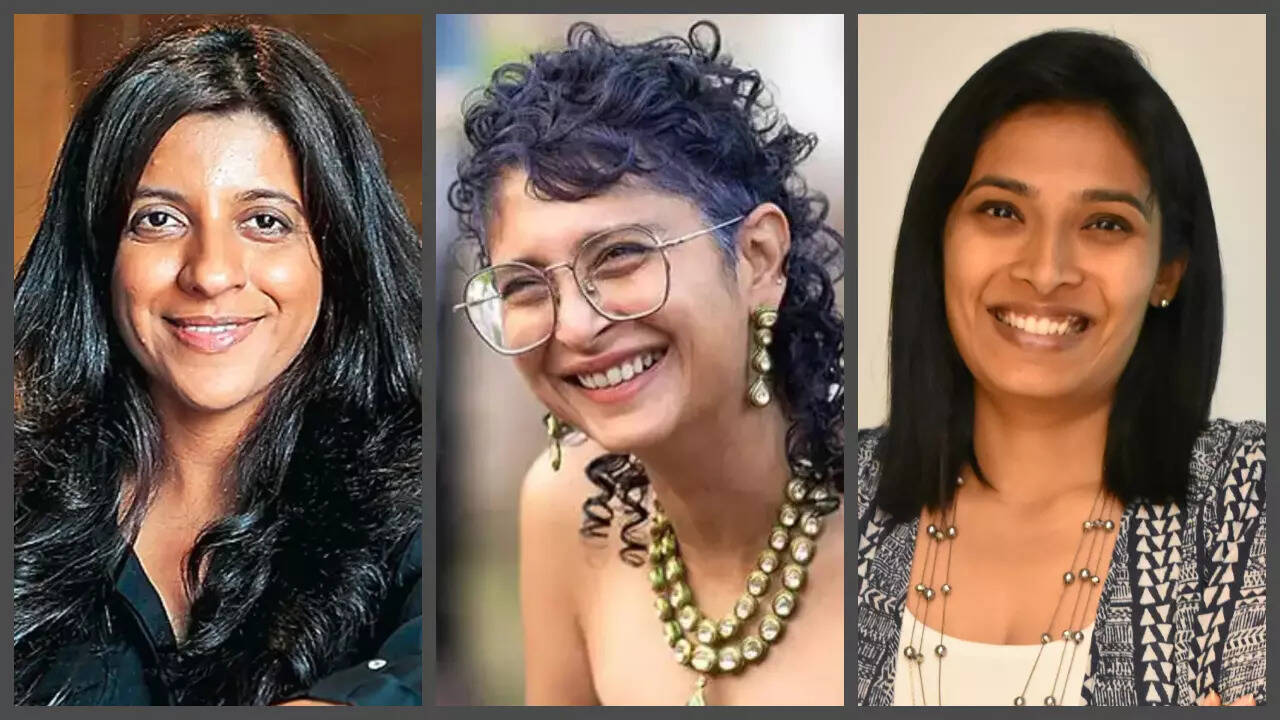
They also challenge long-held norms. Whether it’s Madhumita’s quiet, committed storytelling ethos, Kiran Rao’s understated social lens, or the genre-defying instincts of directors like Zoya Akhtar, these filmmakers are pushing Bollywood to evolve—not by fighting the system, but by redefining it from within.
Looking Ahead
The road is far from easy. Gender bias, systemic hurdles, and the pressures of navigating a male-dominated space still persist. But the momentum is real. More women are attending film schools, regional industries are growing stronger, and the audience appetite for authenticity is bigger than ever.
Final Word
The growth of South Indian women directors in Bollywood signifies more than a shift in numbers; it marks a culture and creativity renaissance. If anything proves this movement true, it is the fact that impactful stories have no gender or geography; they have only truth.

